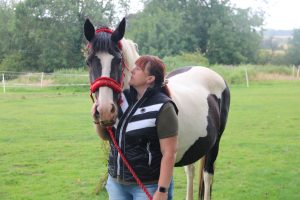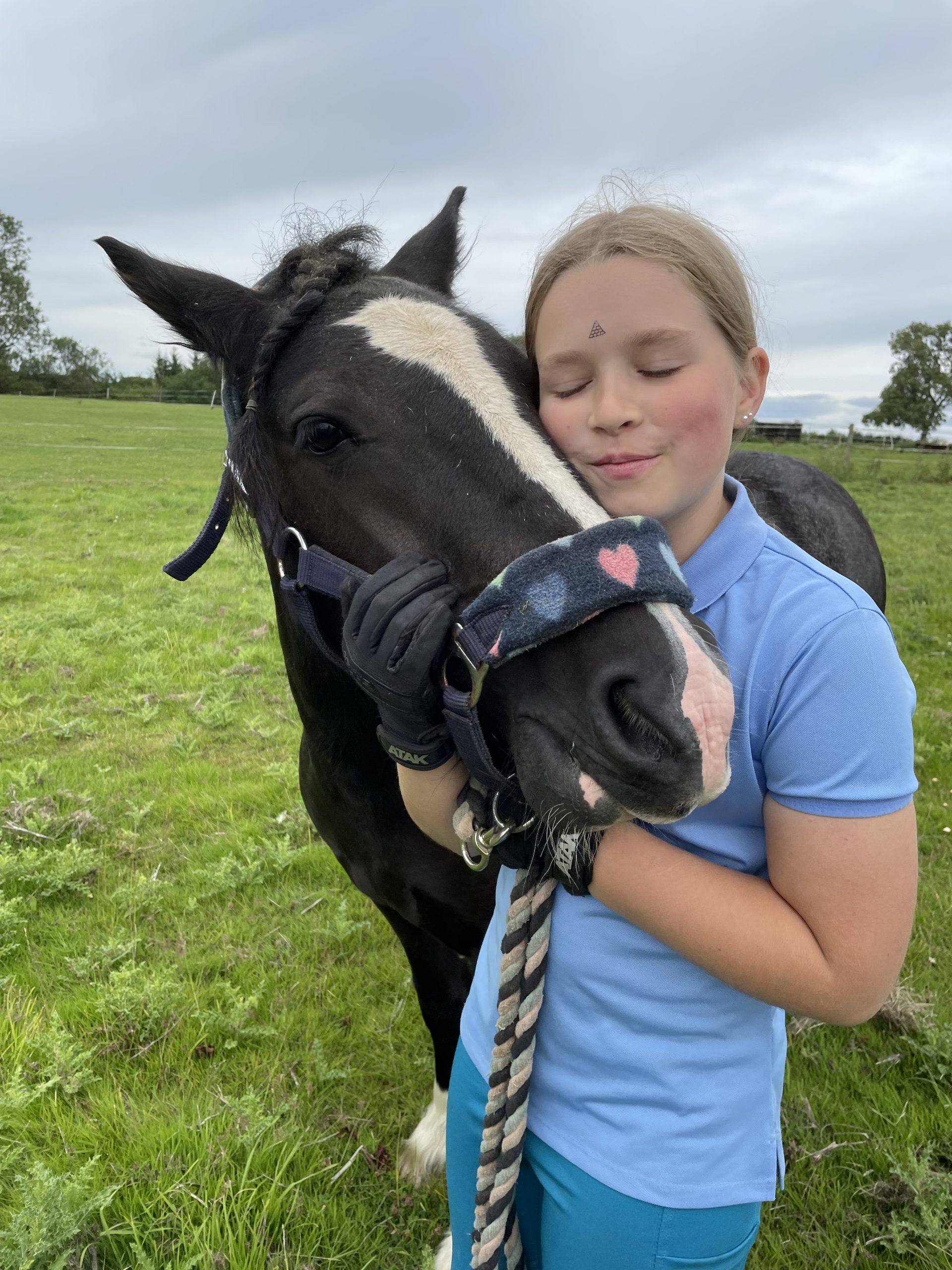Why Equine Therapy?
Equine therapy is not a new thing its been around for years, but our lives have changed so much, when I was a child, a long time ago, we were brought up to just get on with it, no matter what your  problem was we just had to suck it up and live life as best we could.
problem was we just had to suck it up and live life as best we could.
Fast forward to now where we are finally recognising mental health issues more and finding support for everyone who needs it. We all suffered terribly with covid. After what seemed like an eternity through covid living without personal contact with loved ones not being able to support each other or even attend funerals when loved ones passed away, this was a terrible time for us all.
My Mental Health
Thankfully for me I had my horses and this definitely played a massive part in keeping me on the straight and narrow mentally. Due to me having a long-term illness I have to work on my mental state daily and my horses play a huge part in this. I always stand with my horses and ponies and chat with them, I stroke them and enjoy the bond we have, its almost like having a daily counselling session. I always feel calm and peaceful after this time with them.
 So why equine therapy, horses don’t judge us, they just don’t care if you have the latest trainers on, the longest eye lashes or the latest hairstyle, they just accept us for us. This makes us feel accepted and loved unconditionally.
So why equine therapy, horses don’t judge us, they just don’t care if you have the latest trainers on, the longest eye lashes or the latest hairstyle, they just accept us for us. This makes us feel accepted and loved unconditionally.
Being around horses lowers your blood pressure and heart rate, this alleviates stress and reduces symptoms of anxiety and depression. Equine therapy also helps people struggling with addictions or mental illness.
Equine Therapy & Autism
Equine therapy does wonders for children and adults with autism, some may struggle to bond with others, make eye contact, communicate what they are feeling and express themselves properly. So whilst they are with the horses they experience physical communication. They brush them, hug them and just spend precious time with them.
By learning to care for the horse, they associate the care they provide with feelings and an emotional bridge is constructed. This bond can lead to social and communication skills production with other people in their lives as well. There are also disabled horse-riding equipment to support riders with autism such as the Equihandee Freedom. 
The Freedom
The Freedom provides support to the rider so they can be stabilised in the saddle by a parent or side walker and has an incorporated neoprene jacket which relieves the pressures of the harness but also makes the rider feel encapsulated which can help to create a much calmer environment for everyone
Something I have recently learnt is that equine-assisted therapy programs evolved from thousands of years of therapeutic methods involving horses. The earliest recorded mention of equine therapy is in the writings of Hippocrates, a Greek physician born in 460 BCE. He wrote about hippotherapy, derived from “hippos,” the Greek word for horse.

